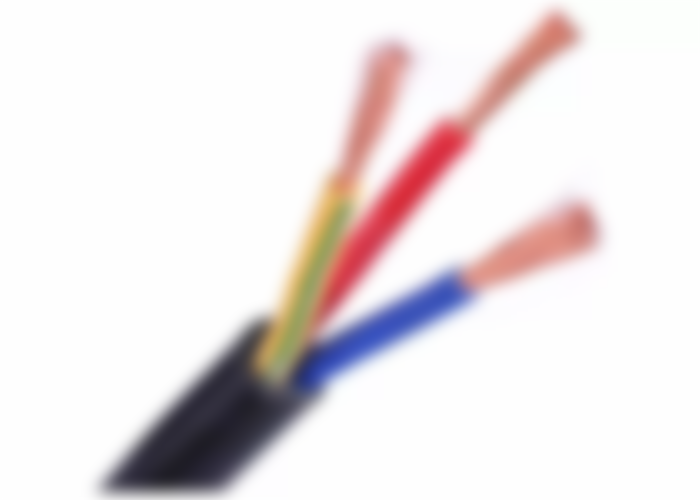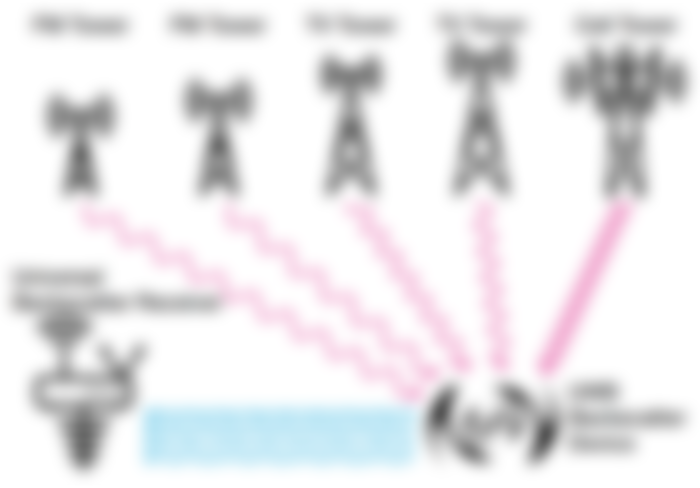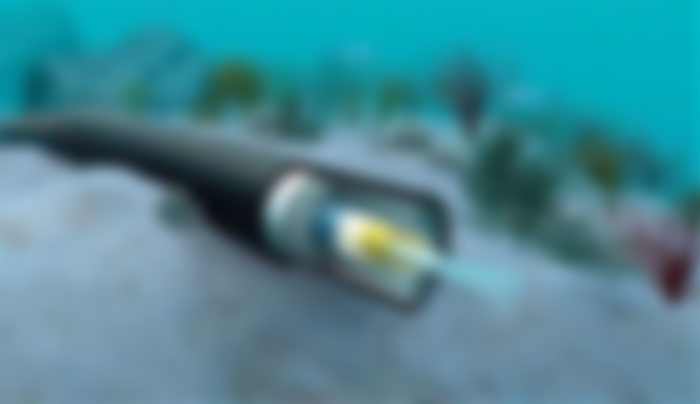Signal Communication Channels
Where do I get cable from?
All of the devices we use for receiving information, whether It is a radio, a TV with standard cable, Smartphones, PCs and many more have an intricate system behind the way they get this data. All this is done through networks that are established to send signals through different mediums from the source of It (Your service company/station) to the comfort of your home or car. In this article I'll talk about the many channels through which the information travels before getting to you, such as the atmosphere, copper cables, optic fiber or acuatic mediums. Let's begin:
Copper Conductors:
Mostly used for landline phone networks in many countries, where copper lines are used extensively to connect phone companies with the user through twisted pair wires to transmit voice signals, with a bandwith that go to hundreds of kHZ. The main disadvantage for the use of copper conductors are the distorsion generated through additive noise and interference between channels that can modify the signal.

Fiber Optic:
Developed and Used since the 80s, Optic fiber has a great advantage in comparison with the copper conductors in the fact that It has low atenuation of the signal and It offers a greater bandwith, all through optic devices that permit to transmit and detect signals in the visible light spectrum. It also permits to send/receive different types of information through the same channel (For example, Voice, Video and Data).

Atmosphere & Space:
Mostly seem in AM/FM Communications, Wi-Fi and wireless communications, where the electromagnetic energy that represents is irradiated and incorporated to the propagation medium through antennae or satellites that work as signal radiators.
With this channel, the information can take many different routes, whether It being from ground wave propagation, where the information in the waves generated by the emitting antenna travel through the earth's surface to a receiving antenna, Atmospheric Wave Propagation, where the waves travel through reflections in the ionosphere (a layer of the atmosphere that has a high concentration of ions and goes above 50 miles from the earth surface) that go to the receving antenna through multiple routes and with multiple delays, and Propagation through line of sight, where It depends more on the height of the antennae and the curvature of the earth the distances that can be reached.

Aquatic Channels:
With this specific medium there are some special conditions due to the fact that electromagnetic waves cannot be transmitted through an acuatic channel, unless they have a really low frequency, requiring extra power from the transmitter and making It something more expensive when compared to other options. There are other factors such as the speed of sound in the water that limit communications with this medium along with noise produced by the fauna in the ocean. However, there have been built efficient systems of communication using the ocean as a channel.

I hope that in this article I could have conveyed to you the different channels used to send/receive information in the form of signals and get to our devices. However, with every medium there are some limitations, as the existence of different types of noises produced can distort the way the wave is being transferred and make you have a different signal from the one that was sent originally. Good Luck and Thank you for your support.



